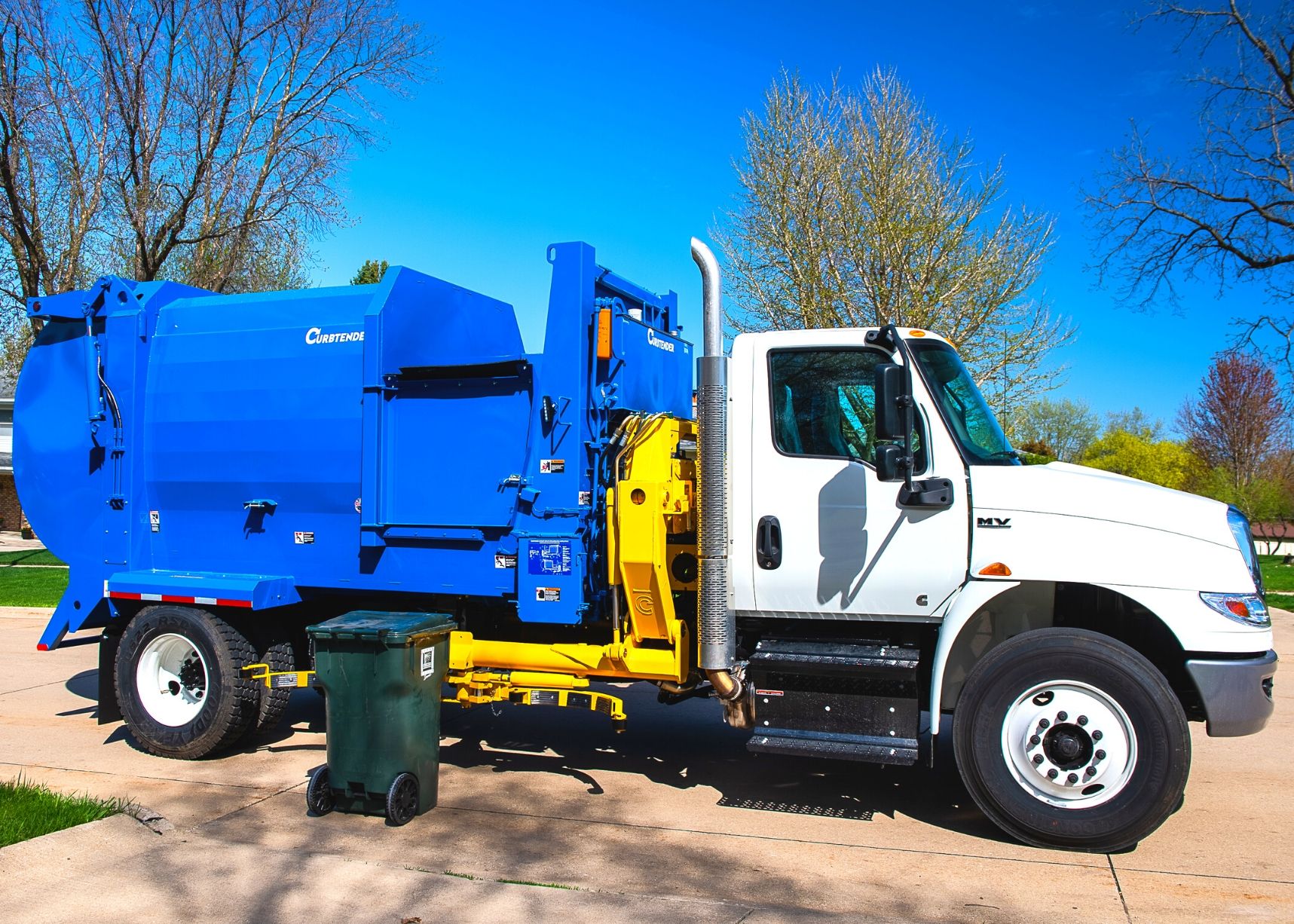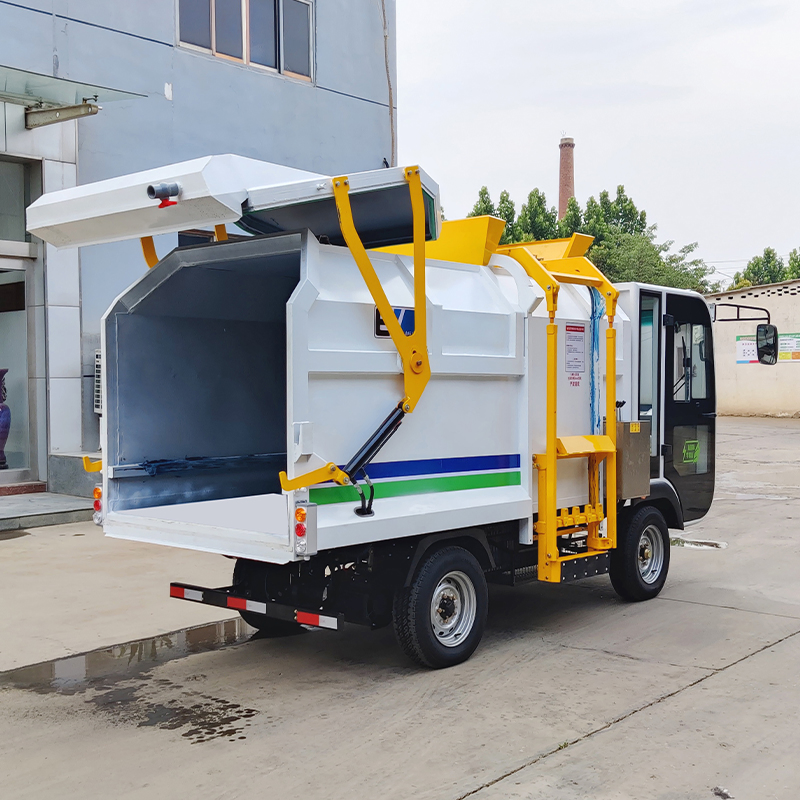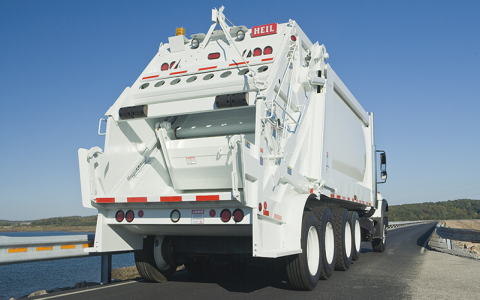Automated Side Loader Garbage Trucks for Sale | Reliable & Efficient
Automated Side Loader Garbage Trucks for Sale | Reliable & Efficient
If you’re running a waste management operation, you know that efficiency and reliability aren’t just buzzwords—they’re the backbone of your business. Finding the right equipment is crucial. That’s where automated side loader garbage trucks come into play. These machines are transforming the industry by allowing a single operator to manage collection routes safely and effectively, drastically reducing labor costs and minimizing physical strain. This article cuts through the noise to give you a clear, expert look at what makes these trucks a smart investment, what to look for when they are for sale, and how their reliability and efficiency can boost your bottom line. We’ll dive into the key features, compare models, and provide practical advice based on real-world experience to help you make an informed decision.
Why Your Fleet Needs an Automated Side Loader
The shift towards automation in the waste industry isn’t just a trend; it’s a strategic move for growth and sustainability. An automated side loader (ASL) is a purpose-built truck with a mechanical arm that the driver operates from the cab to pick up and empty standardized carts. This system eliminates the need for multiple crew members to manually handle trash, leading to significant operational improvements.

From a financial standpoint, the most immediate impact is on labor. The U.S. Bureau of Labor Statistics notes that occupational injuries for refuse and recyclable material collectors are among the highest of any profession. By automating the lifting process, you protect your team from repetitive strain injuries and other hazards. This isn’t just about safety; it’s about cost. With one person doing the job of two or three, you can reallocate resources, cover more routes, or reduce your overall workforce expenses.
Operational efficiency is another major win. These trucks are designed for speed and consistency. The driver never has to leave the cab, which means fewer stops and starts, less idle time, and a faster completion rate for each route. In fact, many municipalities report being able to service up to 50% more homes per day with an automated system compared to a traditional manual collection setup. For a business, this translates directly to a healthier profit margin and the ability to take on more contracts without a proportional increase in costs.
Key Features to Look for in a Reliable ASL
Not all automated side loader garbage trucks are created equal. When you’re evaluating models for sale, paying attention to a few critical components will save you from costly downtime and repairs down the line.
- Lift Arm Mechanism and Durability: The heart of the truck is its automated lift arm. Look for robust construction with high-strength steel. The hydraulic system should be smooth and powerful, capable of handling the designated cart weight without strain. A reliable mechanism will have a proven track record with minimal maintenance requirements.
- Cab Control and Ergonomics: The driver’s interface is key to efficiency. The controls for the arm should be intuitive and responsive, placed comfortably within the cab to minimize driver fatigue. A well-designed cab with good visibility and climate control contributes significantly to a productive workday.
- Chassis and Powertrain: Don’t forget what’s underneath. A durable chassis from a reputable manufacturer like Freightliner or Peterbilt is essential. The powertrain, including the engine and transmission, should be suited for the constant stop-and-go nature of waste collection. Diesel engines remain the standard for their torque and longevity.
- Body Capacity and Compaction: The truck’s body size and compaction ratio determine how much waste it can collect before needing to offload. A higher compaction ratio means fewer trips to the landfill, saving both time and fuel. Look for capacities that match your typical route densities.
Comparing Top Models: A Quick Guide
To help you narrow down your search, here’s a comparison of some of the most popular and reliable automated side loader models on the market. This table is based on aggregated industry data and user reports.
| Model | Typical Body Capacity (yd3) | Key Strength | Ideal For |
|---|---|---|---|
| Heil Formula 7000 | 30 – 40 | Robust arm design, high reliability | Municipalities and large-scale contractors |
| Labrie Automizer | 25 – 37 | Excellent visibility and control ergonomics | Operations focused on driver efficiency and comfort |
| New Way Saber | 28 – 36 | Simplified design for easier maintenance | Smaller fleets and budget-conscious buyers |
| Mack LR Electric | ~30 (with electric chassis) | Zero emissions, significantly quieter operation | Urban areas with strict noise and emission regulations |
Insights from the Field: What the Experts Say
I’ve been reviewing commercial trucks for over a decade, and the consensus among fleet managers is clear: the initial investment in a high-quality automated side loader pays for itself. John Miller, a fleet operations manager with 20 years of experience who has overseen transitions to automated systems, puts it this way: “The switch to an automated side loader was a game-changer for our injury rates and operational costs. Our drivers are more productive, and we’ve seen a 40% reduction in workers’ compensation claims. The key is choosing a unit with a proven lift mechanism and providing thorough training for the drivers.”
This real-world feedback underscores the importance of not just the hardware, but also the software—the people and processes. Proper training ensures that drivers use the equipment correctly, which extends its lifespan and maximizes the efficiency gains.
Making the Smart Purchase: New vs. Used
When looking for automated side loader garbage trucks for sale, you’ll face the classic new versus used dilemma.

New Trucks offer the latest technology, full manufacturer warranties, and peace of mind. You can often customize the specs to fit your exact needs. This is the best option if your budget allows and you need maximum reliability from day one.
Used Trucks can be a fantastic value, but they require more due diligence. Always insist on a full maintenance history and a pre-purchase inspection by a qualified mechanic. Look for low-hour units from reputable fleets that have followed strict service schedules. The risk is higher, but the upfront cost savings can be substantial, making it a viable path for expanding a fleet or for a new business.
Answers to Common Questions
What is the typical lifespan of an automated side loader garbage truck?
With proper maintenance, a well-built automated side loader can last between 7 to 12 years in active service. The longevity heavily depends on the chassis maintenance, the care of the hydraulic system, and the operating environment.
How much can I expect to save on labor costs?
Most operations see a reduction of 50% or more in direct labor costs per route. By moving from a 3-person crew to a 1-person crew, you’re saving two salaries, benefits, and associated insurance liabilities, which typically adds up to hundreds of thousands of dollars annually for a medium-sized fleet.
Are there specific certifications for operating this equipment?

Drivers need a standard Commercial Driver’s License (CDL). Beyond that, the most important training is equipment-specific. Reputable dealers and manufacturers provide comprehensive operational training. This is non-negotiable for safety and efficiency.
What kind of maintenance is unique to these trucks?
The automated lift arm and its hydraulic system require regular, specialized attention. This includes checking for hydraulic leaks, ensuring hose integrity, and lubricating all pivot points according to the manufacturer’s stringent schedule. Neglecting this can lead to very expensive repairs.
Final Thoughts on Your Investment
Investing in an automated side loader garbage truck is a significant decision that directly impacts your operational efficiency, safety record, and profitability. The market for these reliable and efficient machines is robust, with options to suit various budgets and needs. By focusing on durable construction, ergonomic design, and a strong service history, you can find a truck that will serve your fleet faithfully for years to come. Do your homework, lean on expert advice, and choose a model that aligns with your specific route challenges and long-term business goals.
Sources:
U.S. Bureau of Labor Statistics. (2019). Injuries, Illnesses, and Fatalities.
U.S. Environmental Protection Agency. (2022). Advancing Sustainable Materials Management.










